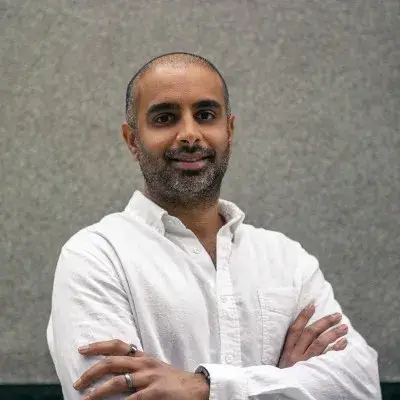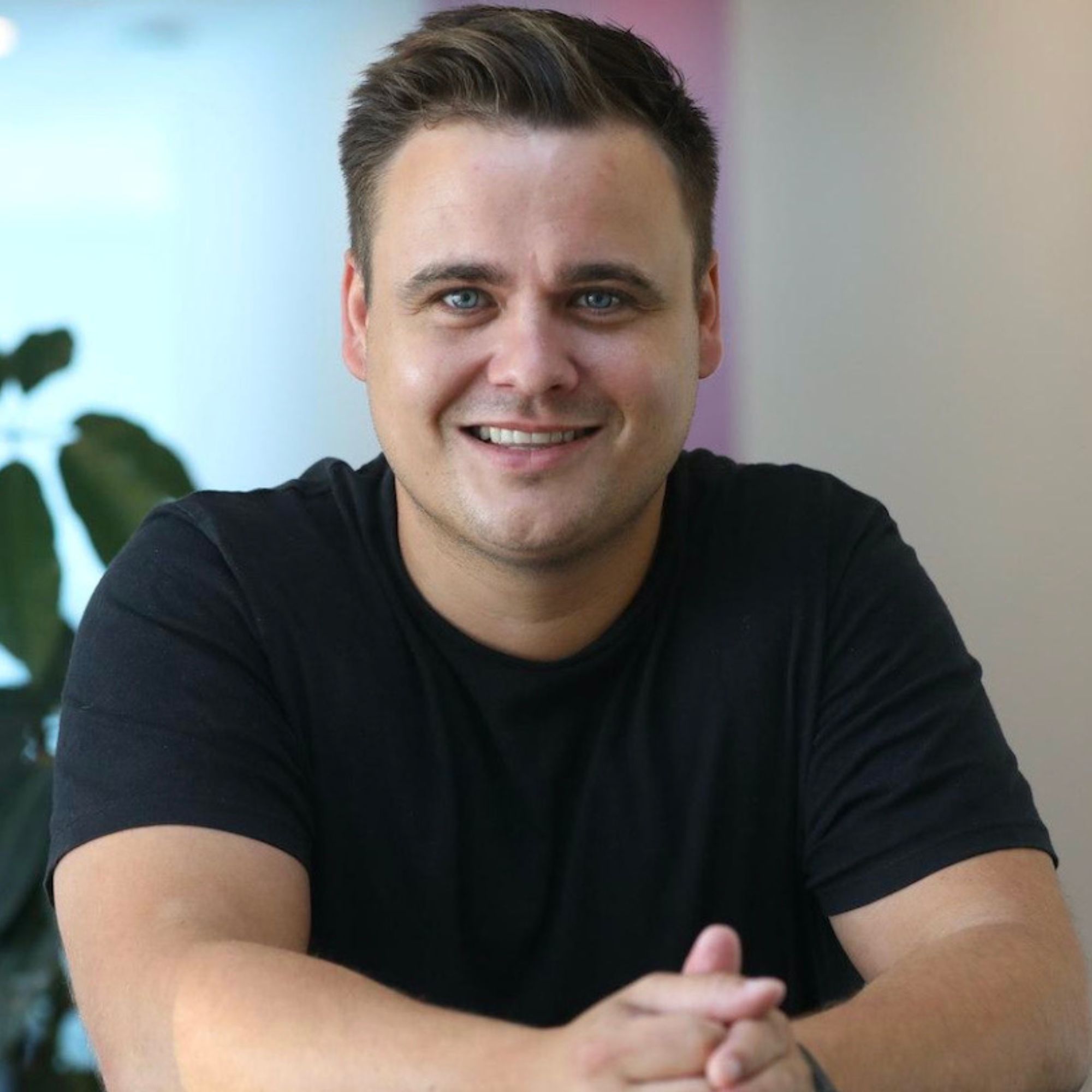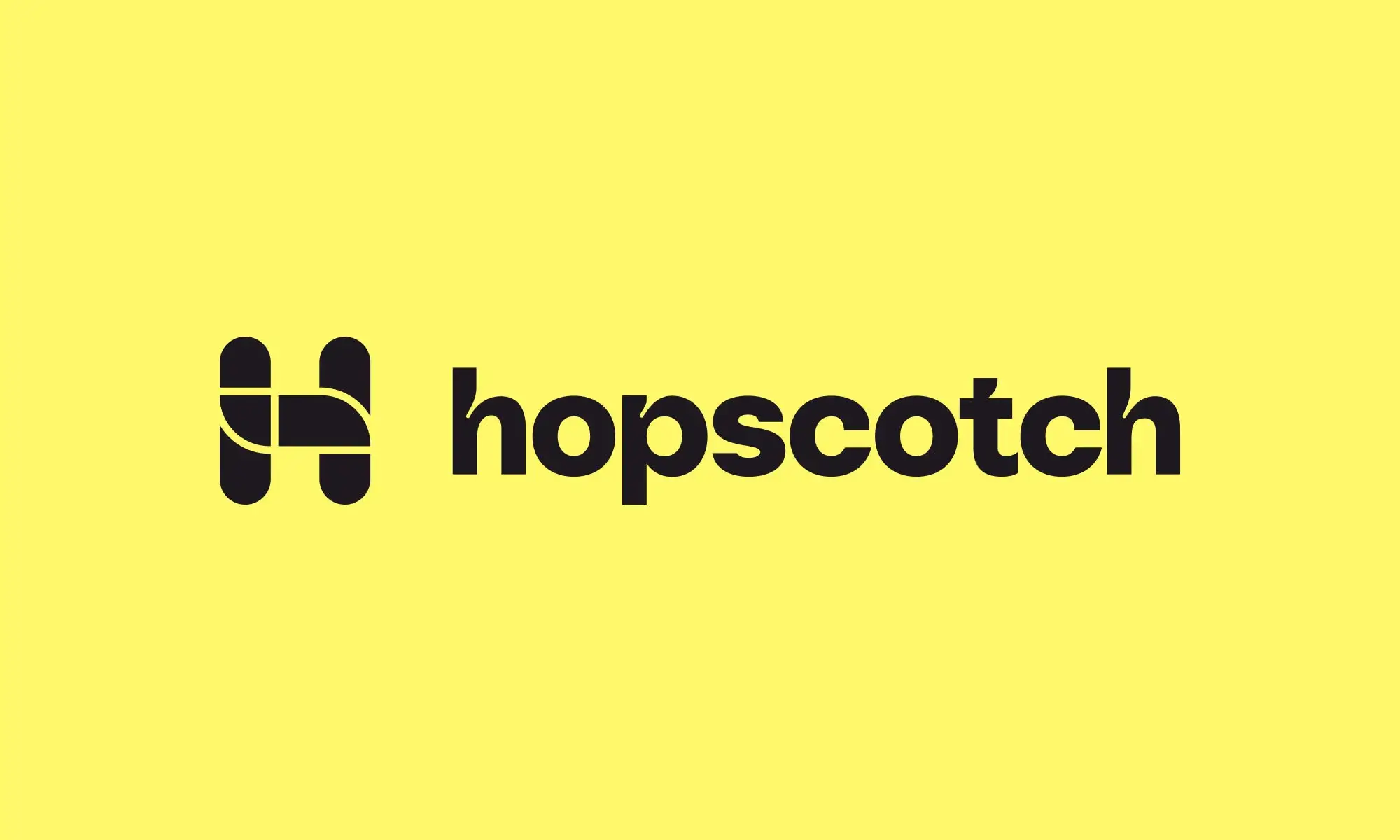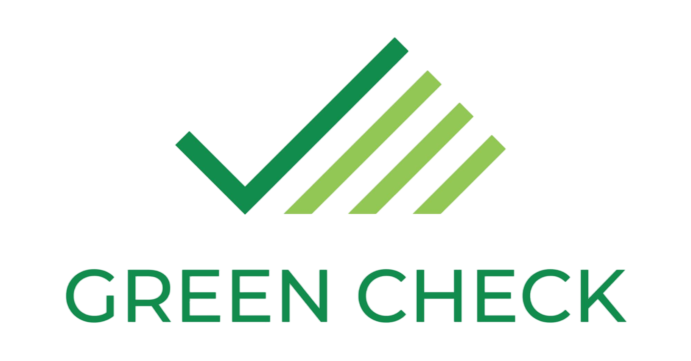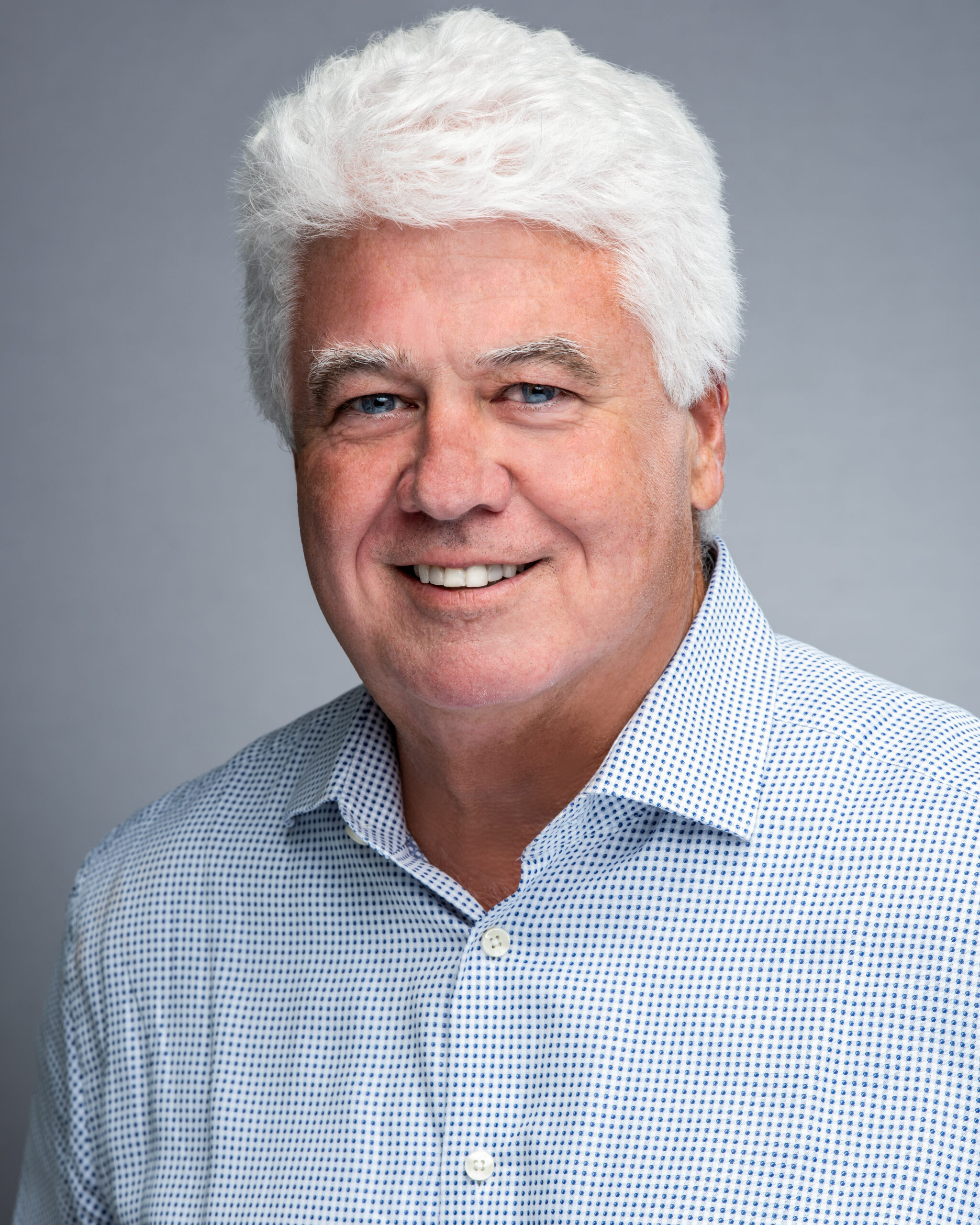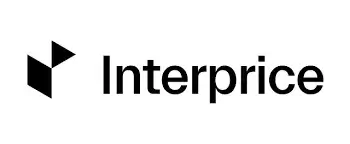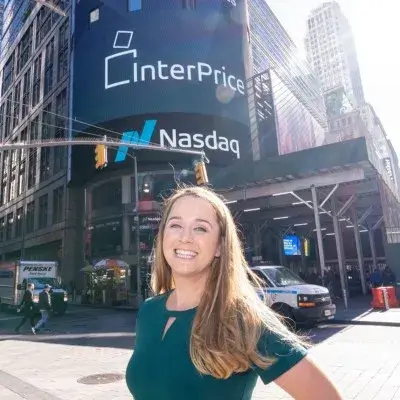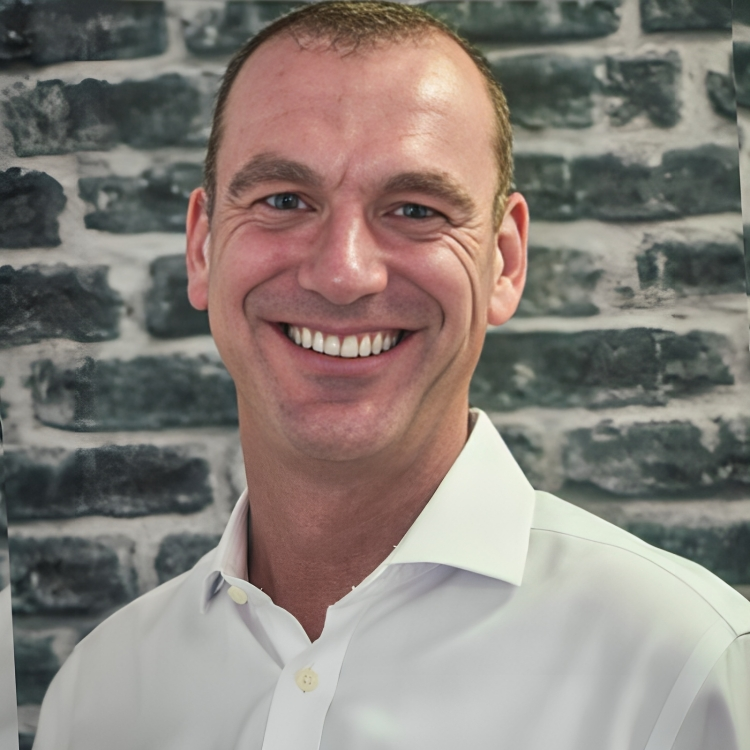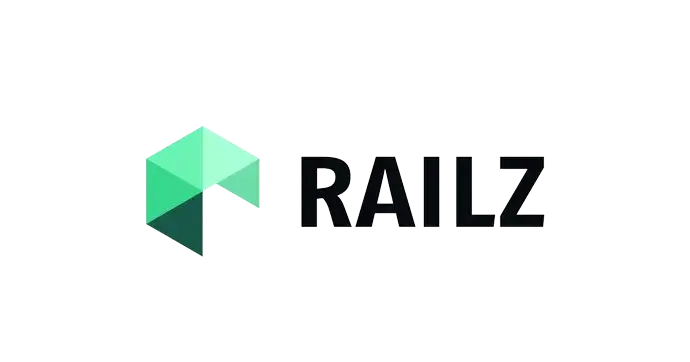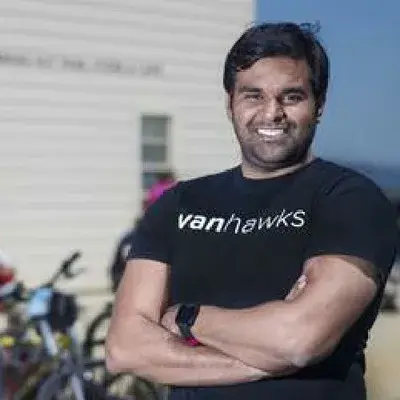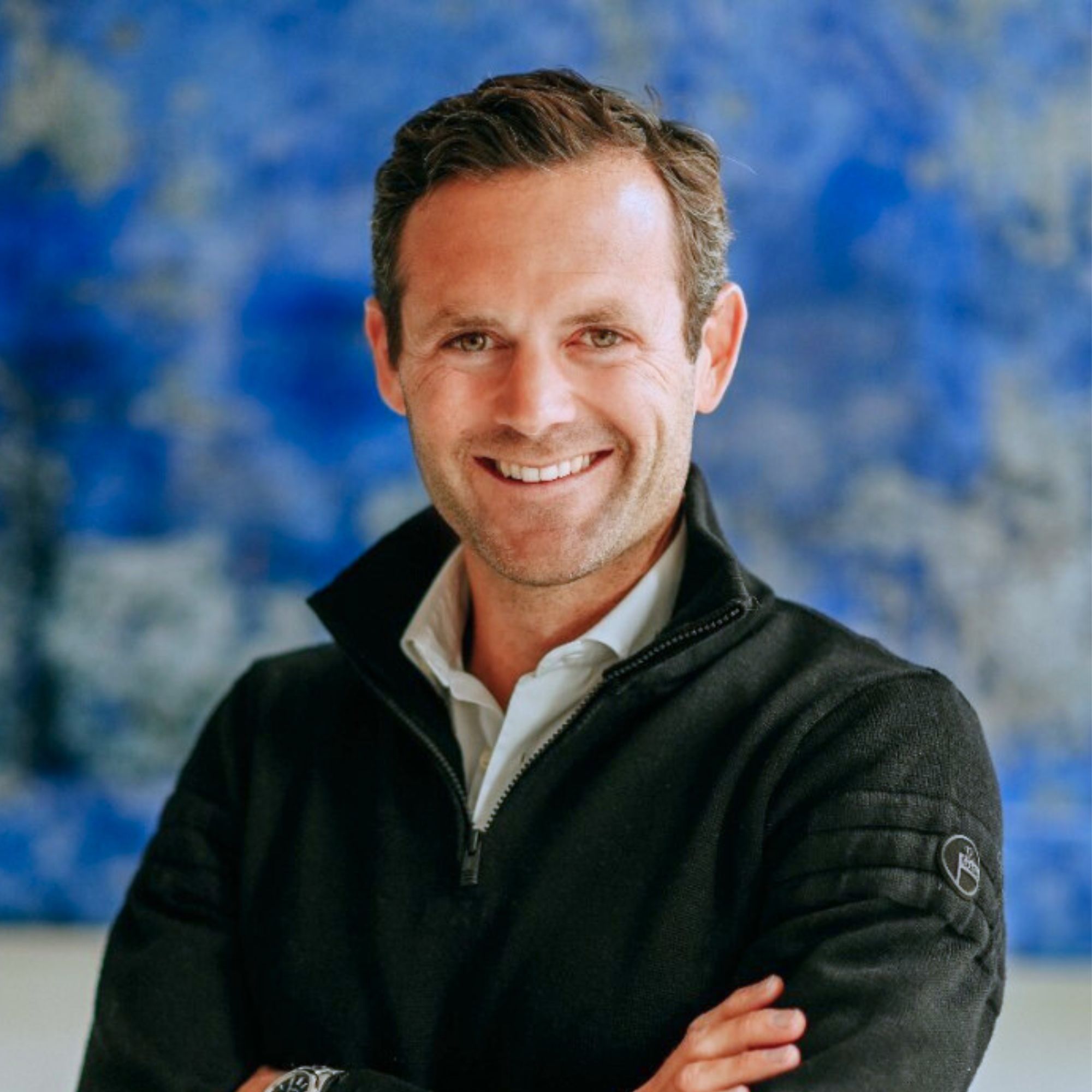Ready to launch your own podcast? Book a strategy call.
Frontlines.io | Where B2B Founders Talk GTM.
Strategic Communications Advisory For Visionary Founders
Conversation
Highlights
Based on the transcript and the content writing principles you’ve shared, I’ll craft a long-form article focused on Sciencey’s GTM journey that would resonate with your B2B tech founder audience.
From POC to Global Banks: How Sciencey Turned “Unrealistic Promises” into Enterprise Deals
Banks aren’t known for moving fast. But when Sciencey co-founder Ankit promised to deliver in three days what typically takes six months, major institutions like Citi and HSBC started paying attention.
In a recent episode of Category Visionaries, Ankit revealed the counterintuitive sales strategy that helped his banking infrastructure startup break through the conservative walls of enterprise financial institutions: making seemingly impossible promises, then delivering on them in dramatic fashion.
Breaking Through Legacy Vendor Relationships
For founders selling to banks, the real competition isn’t internal teams – it’s the entrenched vendors who’ve spent years building relationships. “When banks say in house, they truly mean some vendor that they have been working for a very long time and is a service company in some ways,” Ankit explained.
These relationships run deep. “Those vendors are onboarded, they are trusted. There’s lot of relationship between the IT teams within the bank and those vendors. They have been through thick and thin.”
Rather than trying to compete on relationships, Sciencey chose to demonstrate such dramatic technical superiority that comparison became impossible. Their approach? “We kind of go and make unrealistic promise and we tell them that this complicated workflow that you think will take six months, you give us three days, we’ll sit out of your office, and we’ll make you go live in three days.”
The Two-Phase Sales Strategy
Phase one involves a contained proof-of-concept that bypasses normal procurement processes. While the initial demo isn’t fully integrated with bank systems, it proves capabilities far beyond what incumbent vendors can deliver. “The chasm is too big. Like, you are no longer comparing yourself to an equivalent service or product,” Ankit noted.
Phase two involves radical honesty about implementation challenges. After demonstrating core capabilities, Ankit’s team is “honest enough to say that it will take time to integrate with your systems now, which is probably the harder part. My product works, but your systems are still legacy. There’s a lot of information security aspects you will ask me to do.”
This combination of dramatic demonstration followed by transparent discussion of integration complexity has driven significant growth. Today, Sciencey processes “15 to 20 million journeys a month” on their platform, translating to roughly $15 million in ARR with 100% year-over-year growth.
Perfect Market Timing
Sciencey’s success isn’t just about sales tactics – it’s about recognizing a fundamental shift in how banks approach digital transformation. “They are no longer asking this question of should we do it or should we not do it? The question has definitely moved to how should we do it?” Ankit observed.
This shift creates an opening for startups who can demonstrate dramatically better capabilities than incumbent vendors. Even conservative enterprises become willing to take chances on new vendors when the gap in capabilities becomes too large to ignore.
Building a New Category
Looking ahead, Sciencey isn’t just selling software – they’re working to establish a new category of “AI-led customer journeys” for banking. As Ankit explained, “What truly is not scaling is this myriad of human manual operations and every bank is creating their own journeys for account opening, for loan origination, for address changes… And they are not very different actually, apart from the branding and stuff.”
For technical founders targeting enterprise customers, Sciencey’s journey offers valuable lessons: find ways to demonstrate dramatic capability gaps versus incumbents, use short demonstrations that bypass procurement, build trust through radical honesty about implementation challenges, and time your market entry for when customers have moved from “should we?” to “how should we?”
Actionable
Takeaways
Demonstrate "Magical" Differentiation Through POCs:
Ankit highlights the power of making a bold promise to prospects - like turning a 6-month workflow implementation into a 3-day POC - and then delivering on it. By rapidly standing up a functional (if not fully integrated) solution, Signzy proves its capabilities are vastly superior to legacy vendors. Technical founders should design POCs that create these "magical moments" showcasing an order-of-magnitude improvement.
Adapt Your Pitch to Investors' Priorities:
A key fundraising lesson Ankit shares is the importance of focusing not just on what your product is, but what it can do for customers. Founders, especially those with engineering backgrounds, often geek out about their technology - but investors care more about the business outcomes it enables. Crafting a narrative anchored in quantifiable value creation for a specific customer segment is critical.
Capitalize on Industry Inflection Points:
Signzy's growth has been propelled by the once-in-a-generation digitization wave sweeping the banking industry. Ankit notes that conversations with banks have shifted from "should we do this?" to "how should we do this?" - creating a massive opportunity for enablement solutions. Founders should closely monitor their target industries for these inflection points that create urgency and accelerate adoption.
Leverage Events for Category Evangelism:
To build mindshare around the emerging category of AI-led customer journeys, Signzy is doubling down on events as a key thought leadership channel. Ankit observes that banking decision-makers, especially from smaller institutions, are more engaged at conferences than with digital content. Founders should optimize their event strategy to deliver high-impact education on the strategic shifts reshaping their industry.
Pursue Expansion Vectors Within Anchor Accounts:
Signzy's land-and-expand model has been key to its 100% year-over-year growth. By going deep with anchor clients like the top 4 banks in India, the company has steadily increased its ARR while minimizing acquisition costs. Enterprise founders should seek out champions within lighthouse accounts and continuously add value through new use cases to drive efficient scaling.







